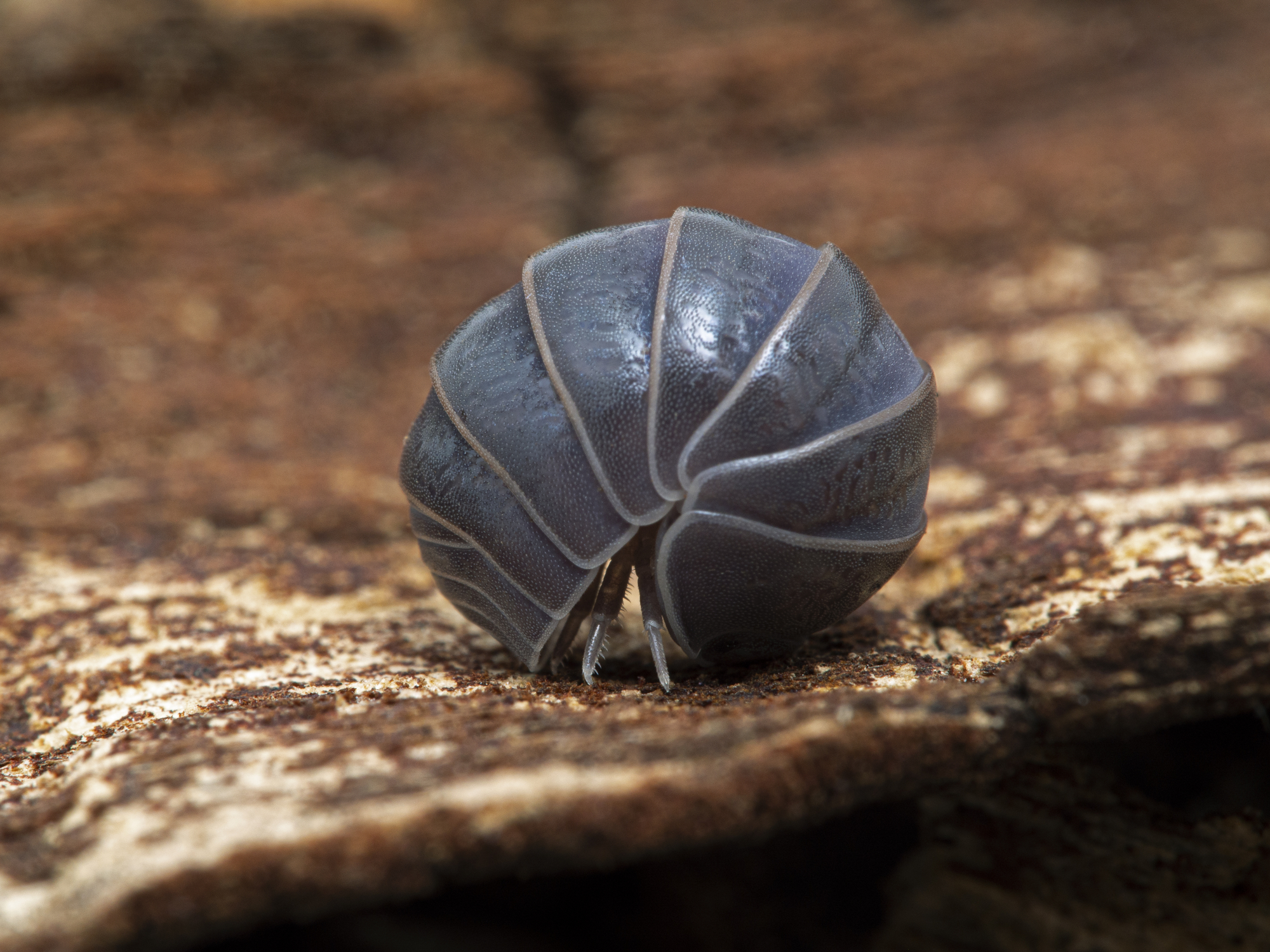

It’s relatively easy to observe and study the world’s insects, but it’s another thing entirely to safely interact with them physically. Take a pillbug, for example—you can watch them live their tiny pillbug lives all day long, but any attempts to handle them at best only annoys the little insects… and at worst, literally and figuratively squashes their future plans.
[Related: The monarch butterfly is scientifically endangered. So why isn’t it legally protected yet?]
The days of clumsy interactions with the itty-bitty world may be drawing to a close, however: Researchers at Japan’s Ritsumeikan University recently published a paper detailing their advancements in micro-robotics that allows for unprecedented physical interactions with extremely small subjects. As detailed in a paper published last month via Scientific Reports, developers have created “microfingers” that use artificial muscle actuators and tactile sensors to provide a “haptic teleoperation robot system” which they then tested on aforementioned pillbugs. Apparently, the results were extremely successful, although judging from the illustration provided, it sure looks like Ritsumeikan University invented a very ingenious way to finally achieve a truly adorable goal:
That’s right. We can tickle bugs now.

As researchers explained in their paper, while microsensors have previously been used to measure forces exerted by walking and flying insects, most other studies focused on measuring insect behavior. Now, however, with the new robotic glove “a human user can directly control the microfingers,” says study lead, Professor Satoshi Konishi, adding, “This kind of system allows for a safe interaction with insects and other microscopic objects.”
[Related: Scientists made the highest-ever resolution microscope.]
To test their new device, researchers fixed a pillbug in place using a suction tool, then used their microfinger setup to apply an extremely small amount of force on the bug to measure its legs’ reaction—10 mN (millinewtons), to be exact. While the device currently serves as a proof-of-concept, researchers are confident the advancement can pave the way for more accurate and safe interactions with the microworld around us. The paper’s authors also noted the potential to combine their technology with augmented reality systems in the future. Hopefully, this implies they’ll be able to see the bugs laughing when they’re being tickled.
